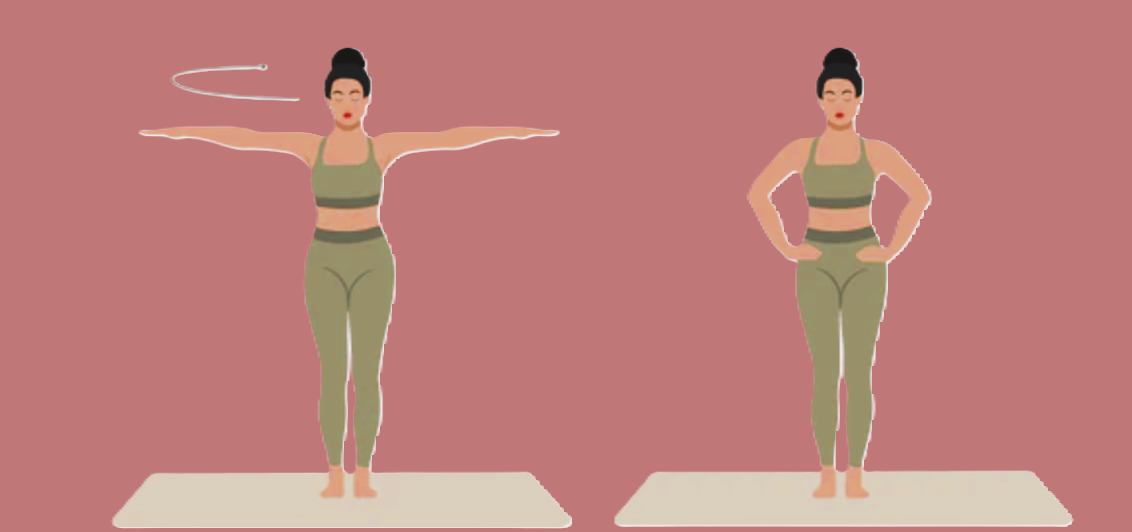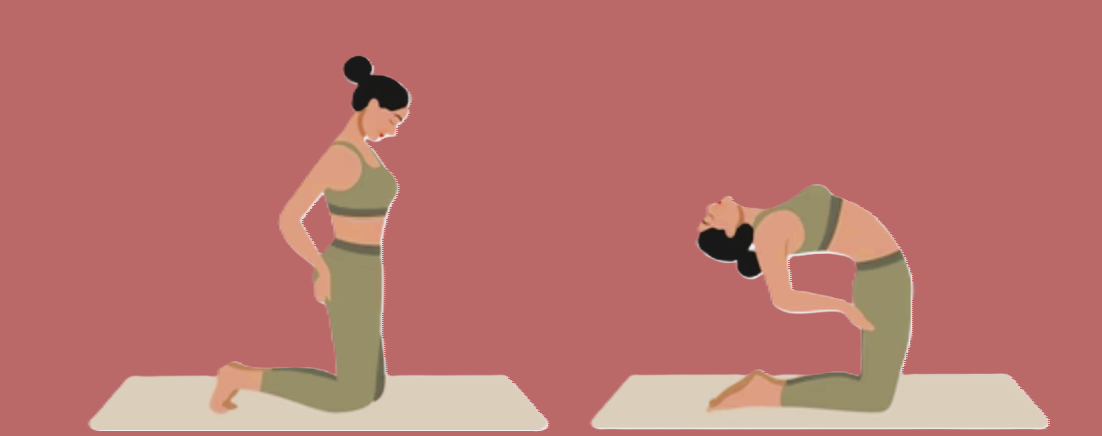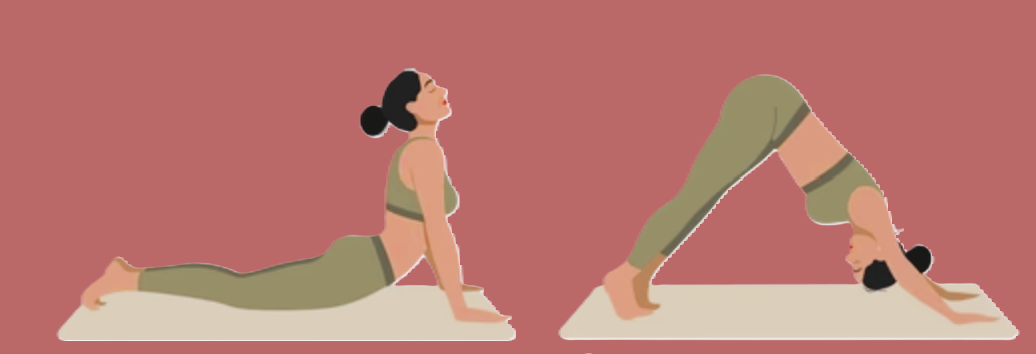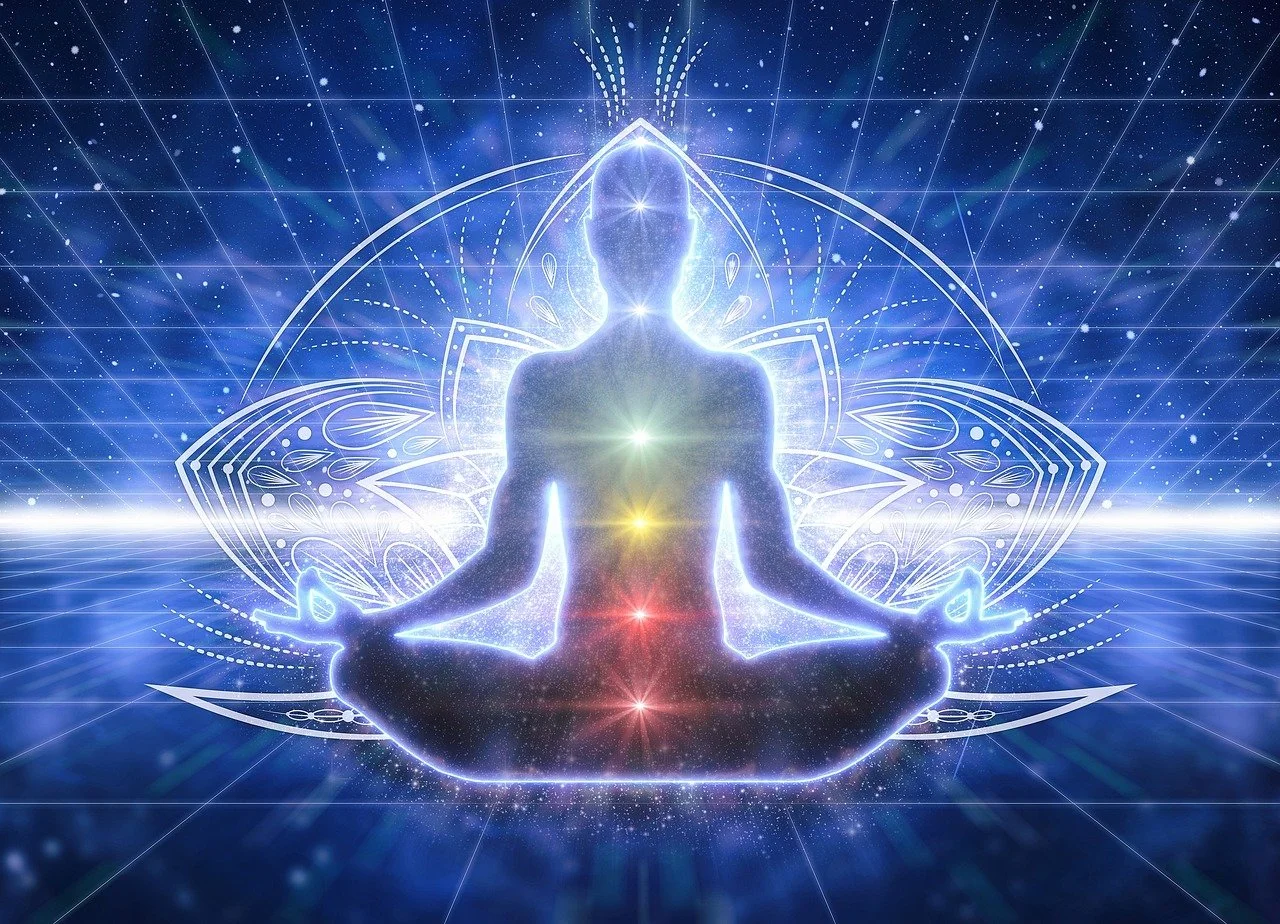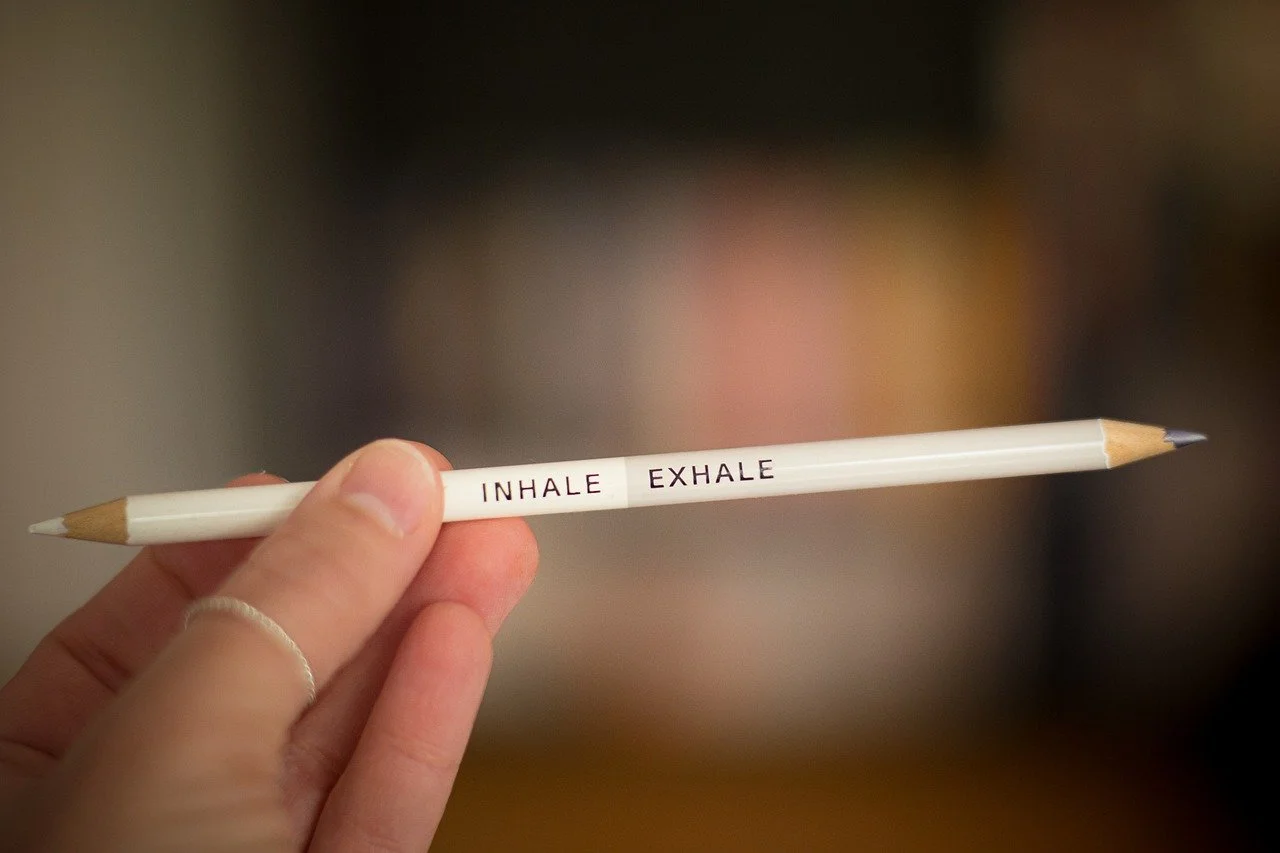Is it necessary to go to the gym every day or run long distances to feel physically well? In my opinion, not really. If we think about it more, it becomes even more challenging, considering how busy we are nowadays.
You’re probably familiar with New Year's Resolutions. We often promise ourselves to do many things, only to end up with just "a promise."
I would like to share with you some practices I use. They are simple and relatively easy, and if done regularly, can significantly influence the way you feel.
The only requirement needed is your commitment and patience.
Morning Yoga and Tibetan Rites
I start my day with simple exercises, and I am happy that it has become a daily routine for me.
I began practicing yoga on the recommendation of my physiotherapist. This was due to numerous problems with my back and neck, primarily associated with my type of work that involves long hours in front of a computer.
My physiotherapist shared some exercises with me, which I still practice every day. If you are experiencing similar issues, I highly recommend consulting a good physiotherapist to start with. Once you've learned the exercises, you can do them on your own. It is crucial to take action when our bodies give clear signals that something is not functioning well anymore.
Additionally, I practice the Tibetan Rites and have found them to be incredibly beneficial for my overall well-being.
The Tibetan Rites, also called the Five Tibetan Rites, are a series of easy exercises that are said to make you feel better both physically and mentally. Monks in Tibet first did these exercises, and Peter Kelder wrote about them in a book called "The Eye of Revelation."
I have the newest version of the book, which is called "The Five Tibetan Rites."
I really like books that help you improve and become a better person, and this one grabbed my attention right away! 😊
Here is a simplified description of each rite:
1. Spinning (Clockwise and Counterclockwise):
Stand with arms outstretched, palms facing down.
Spin around in a clockwise direction (or counterclockwise if that feels better) with your eyes open.
Start with a few spins and gradually increase the number over time.
2. Leg Raises:
Lie on your back with arms by your sides and palms facing down.
Inhale as you lift your legs toward the ceiling, keeping them straight.
Exhale as you lower your legs back down without letting them touch the floor.
Repeat this movement for the recommended number of repetitions.
3. Kneeling Backbend:
Kneel on the floor with your hands on your hips and your toes curled under.
Arch your back, leaning backward, and let your head fall back gently.
Inhale as you arch backward and exhale as you return to the starting position.
4. Tabletop Pose (Dipping):
Sit on the floor with your legs straight in front of you and your hands placed behind you, fingers pointing toward your feet.
Inhale as you lift your hips, bringing your torso and thighs into a tabletop position.
Exhale as you lower your hips back down.
5. Upward Dog to Downward Dog Flow:
Start in a plank position, and then lower your body to the floor.
Inhale as you arch your chest upward into Upward Dog, keeping your arms straight.
Exhale as you lift your hips, moving into Downward Dog position.
Repeat this flow for the recommended number of cycles.
Using these five simple rituals helps me start my days with more energy and a positive mindset. I've read that many people incorporate them into their yoga or fitness routines for potential health benefits, and personally, they work wonders for me. However, it's crucial to approach any exercise with caution and do it only if you are in good health condition.
Remember to start slowly and gradually increase the number of repetitions as your strength and flexibility improve. The author suggests that performing each of the Five Tibetan Rites 21 times is a key aspect of the practice. The number 21 is considered significant in Tibetan philosophy and spirituality. According to Kelder, the number 21 is believed to have special importance in terms of its positive effects on the body and energy centers. The exercises are supposed to make you feel refreshed and in sync, helping not only your body but also your mind and spirit.
Honestly, if for some reason I can't do my Tibetan rites, I definitely notice the difference.
In my opinion, it's something worth considering. Just give it a try. Initially, you can limit the repetitions to five or more. Don't force it; be kind to yourself. Listen to your body!
I recall how challenging it was for me at the beginning; I could barely do a few repetitions. Spinning around was the most difficult, as it made me feel dizzy. However, the hard work paid off. Now, I effortlessly do 21 repetitions and can't imagine my day without my Tibetan rites.
Breathing exercises
When discussing morning yoga and Tibetan rites, I could not forget about breathing exercises, which are also part of my daily routine.
One day, I came across a video by Wim Hof, where he guided breathing sessions.
If you are unfamiliar, he is a Dutch extreme athlete known as “The Iceman”.
Wim Hof developed a method, called the Wim Hof Method, which is a combination of specific breathing technique, cold exposure, and meditation. He claims that practicing this method can enhance physical and mental well-being, improve immune system function, and increase resilience to stress.
Curious about the potential benefits of the method, I conducted some online research, with a particular focus on the breathing exercises. The idea of cold exposure seemed challenging, and I was initially a bit skeptical about the meditation at that time😊
Here is what I found. Several potential health advantages from doing breathing exercises:
Stress Reduction: Activities like deep breathing exercises help your body slow down and reduce stress. When you're less stressed, you feel more at ease and better able to handle challenges. Taking a few moments to breathe deeply can make a big difference in how you feel, bringing a sense of calm to your mind and body.
Improved Respiratory Function: When you regularly practice breathing exercises, your lungs become stronger, helping you breathe in more oxygen. This is good for your body because oxygen is like fuel that keeps everything working well. So, by doing these exercises, you make your breathing system stronger and more effective, which can help you feel more energized.
Enhanced Mental Clarity: Enhanced mental clarity is like giving your brain a clear and focused boost. Deep breathing exercises help you with mental clarity. It’s like opening a window in your mind. If done regularly, they can make your thoughts sharper and clearer, helping you concentrate better on your tasks. You can feel more alert and on top of things.
Better Sleep Quality: When you practice breathing techniques before bedtime, it signals to your body that it's time to unwind. Deep breathing helps calm your mind and relax your body, making it easier to fall asleep and stay asleep throughout the night. By incorporating breathing exercises into your bedtime routine, you can improve the quality of your sleep, wake up feeling more rested, and be ready for a new day.
Stabilized Blood Pressure: Certain breathing exercises, such as slow-paced breathing, have been linked to reduced blood pressure. By practicing these exercises regularly, you can help your body manage blood pressure more effectively. This is important because maintaining stable blood pressure is key for heart health and overall well-being.
Strengthened Immune Function: Some research suggests that breathing exercises may positively impact our immune systems by reducing stress and promoting relaxation. Less stress is beneficial for your entire body especially for your immune system. When your immune system is strong, it can better protect you from getting sick. So, by practicing deep breathing regularly, you might be giving your immune system a helpful boost, making it more effective in keeping you healthy.
Anxiety and Mood Regulation: Deep breathing is often recommended for managing anxiety and improving mood. It's like a natural way to hit the reset button on your emotions. By taking a few moments for deep breaths, you can help keep your mind in a more positive and balanced state. It can make it easier to handle challenges and feel good about yourself.
Improved Oxygenation of Tissues: Improved oxygenation of tissues means giving your body's cells and tissues more oxygen, which is like fuel for them to work well. When you practice activities like breathing exercises, you enhance the delivery of oxygen throughout your body. This is important because oxygen is needed for cells to function properly and generate energy. By improving oxygenation, you're essentially providing better support for the health and vitality of your cells and tissues. Taking time for deep breaths can contribute to overall well-being.
I was enthusiastic and started practicing it. I didn't need to wait long to see a significant improvement in my body and mind. I had more energy during the day, managed stressful situations better, and noticed that my focus and concentration nicely increased. Additionally, I felt more relaxed and slept better. It was a pleasant surprise for me, and I am very grateful for it.
I've been practicing the Wim Hof breathing for a while and will continue for sure. If you're interested in trying it, which I strongly recommend, here is the link to the video:
https://www.youtube.com/watch?v=tybOi4hjZFQ
I would be happy to hear from you if you decide to give it a try! 😊
It's amazing how simple exercises can influence our lives. And if you think about it, you don't really need to spend a lot of money on expensive services at well-being centers or pay for a gym. You can improve your body and health by yourself. You just need to commit to it and be patient.
Feel great and enjoy your exercises!




